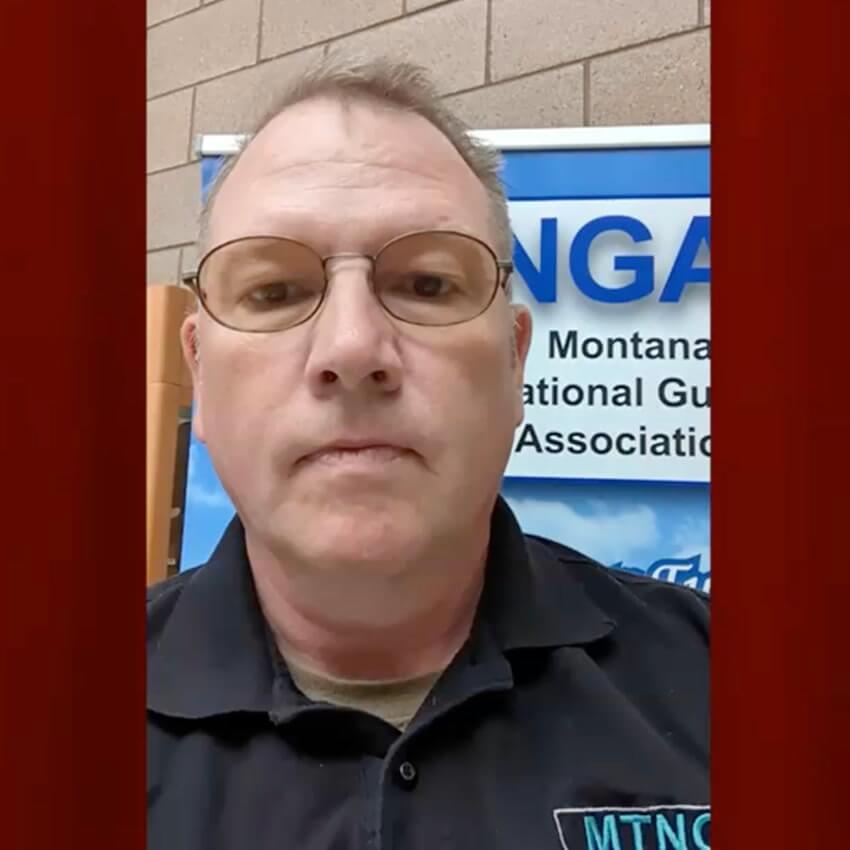Physiological Sigh
Physiological Sigh
Hey, it’s Jackson, and in this video, you’re going to learn a kind of tactical breathing pattern that you can use to help you regulate how you’re feeling, how you’re showing up both physically and mentally because ultimately, those two are very much interconnected. So let’s talk about it. This breathing pattern has been shown by researchers to be one of the most effective ways to regulate your nervous system, which basically kind of means taking you back to being present, to being grounded, a little bit more centered, focused, and calm.
And this breath pattern is called a physiological sigh. And as it turns out, this is something that we actually do all the time, but we don’t really notice it. It happens a lot, especially when we’re going to sleep. It’s a pattern where you kind of breathe in through your nose and at the top of that in-breath, you take another inhale and then you sigh it out. So obviously, you’re probably not doing it quite that dramatically all the time, but it’s a pattern that shows up quite often, maybe every few times per hour. Because that second inhale inflates these little sacks that are all over the lungs called alveoli, and when you get that second kind of sharp inhale, it inflates all those, and then you can offload CO2. And so one of the reasons why this is so effective is because it’s something you can do really quickly. Right? If something happens that sort of throws you off or someone says something or you’re really feeling that kind of that stress trigger, simple, really powerful. Even one of them can help to reset, coming in.
Just like that.
So what I want you to do now is just wherever you are watching this video, just kind of sit up right or stand up, whatever your position, and just practice. Let’s just do three of these together. Everyone else is going to do it, so don’t worry about it, it’s fine. Okay, so I will count you through this. So, coming in, inhale through the nose, at the top another, and then okay, two more. You can do them at your own pace.
One more.
Ah, so there you have it, very, very simple. And you can do these for longer periods, maybe two to three minutes if you want to make it into more of a meditation or breathwork type of practice. Do it every morning; you can add them in throughout your day. But again, it’s really, really helpful, even if you just need kind of a one-time quick thing to just reset a little bit.
So here is your assignment: I want you to go, and you can do this individually or you can do it in small groups, breathe this way. I want you to do 10 of them, 10 of these breaths at your own pace. Shouldn’t take too long, 10 of those breaths, and then I want you to notice, and if you’re individual, just reflect on it. If you’re with people, you can talk through it. How does it feel? How has it really changed how your body feels? Maybe even just doing that, I noticed my shoulders were a little—I mean, now they’re a little more relaxed, they kind of loosened a little bit. So how does it feel? Has it produced any changes?
And then the final part is what I want you to look for are what I call insertion points or cues, which means when in your day-to-day can you actually use this? Maybe it’s whenever—sometimes this will happen to me—I look at my email and I see all the crap I have to do and I’m a little overwhelmed. Maybe it’s relatable. Say, “Oh, maybe when I get that email overwhelm feeling, I’m going to take one of those.” Maybe it is when I click on Zoom to start a meeting. Maybe it’s one—I get up to use the bathroom or eat or whatever—whenever I sit back down at my desk, I will do one of those breaths. The idea is finding those triggers or cues during your day so you can start to actually weave in that breathwork as kind of a new habit.
So there you have it: 10 of those physiological sighs, then reflect and share about how it feels in your physiology and your state of mind. And then finally, discuss how you can tactically implement that breath tool into your day to show up at your best for yourself, the people you work with, and whatever task is ahead of you. So, thanks for watching, and I’ll see you soon.























